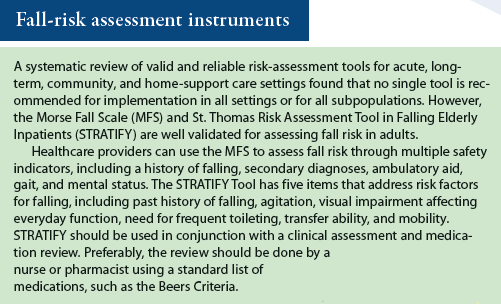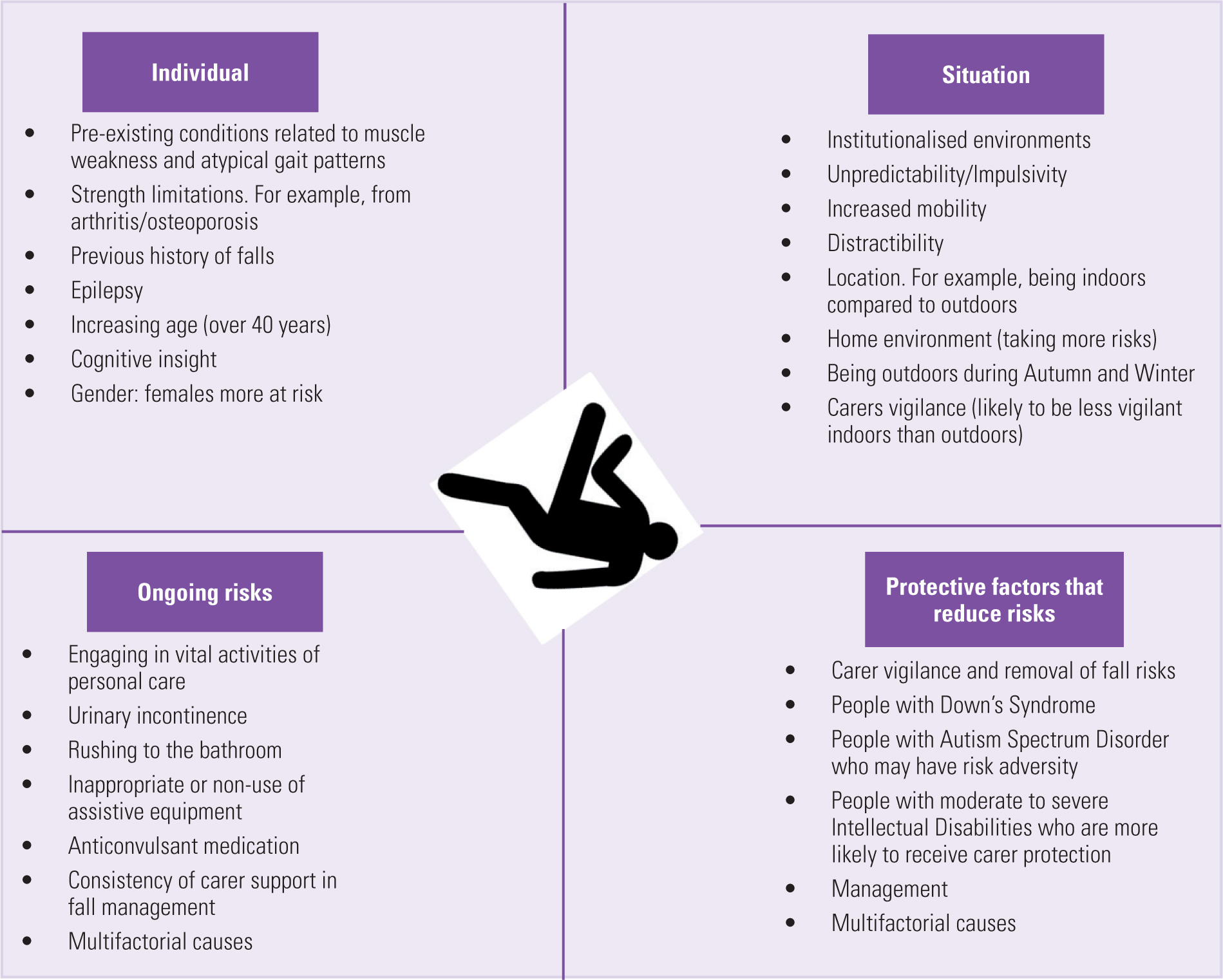Dementia Fall Risk Fundamentals Explained
Dementia Fall Risk Fundamentals Explained
Blog Article
An Unbiased View of Dementia Fall Risk
Table of ContentsDementia Fall Risk - An Overview5 Simple Techniques For Dementia Fall RiskNot known Factual Statements About Dementia Fall Risk 10 Easy Facts About Dementia Fall Risk DescribedThe Only Guide to Dementia Fall Risk
However, based on indications and signs and symptoms, such as proof of head injury or a brand-new focal neurologic deficiency, calculated tomography or MRI of the mind may be indicated - Dementia Fall Risk. An assessment for root causes of syncope should be carried out just if there is strong suspicion, as when it comes to persistent, unexplained drops
Health care service providers use an autumn threat evaluation to determine your threat aspects for falling and make practical recommendations. A loss risk analysis is vital since knowing which aspects boost your opportunities of falling helps you: Lessen your danger of dropping or injuring on your own.
Maximize your capacity to relocate and be energetic. Keep a healthy and balanced, independent life. All grownups 65 years and older should have a first fall threat screening. Your doctor might ask you whether you: Feeling unsteady when standing or walking. Have fallen in the past year. Bother with dropping. If you respond to yes to any of these questions, your health care supplier will certainly suggest an added, much more thorough analysis.
The Buzz on Dementia Fall Risk

, and goals especially customized to clients who are at threat for falls. A is defined as an occasion that results in a person coming to relax unintentionally on the ground or flooring or various other reduced level (WHO, 2021).
According to the Centers for Illness Control and Avoidance (CDC),, creating over 34,000 fatalities for that age. Dropping is the second leading reason of death from unintended injuries worldwide. Death from falls is a severe and native trouble among older individuals. It is approximated that loss death rates in the U.S

Each year, over 800,000 people are hospitalized since of falls. Nurses play a significant role in stopping drops for their patients through education, examining autumn threat, creating safer settings, and giving treatments in avoiding injuries from falls.
Client will certainly demonstrate selective avoidance steps. Patient and caregivers will implement techniques to increase safety and stop falls in check my blog the home. Autumns his response are because of numerous aspects, and an alternative strategy to the individual and setting is necessary. Expect a person is taken into consideration at high danger for falls after the testing.
Little Known Facts About Dementia Fall Risk.
A calls for utilizing a confirmed device that scientists have checked out to be helpful in naming the reasons of drops in a person. The level of loss danger can be identified using the analysis of innate and extrinsic aspects.
Individuals are a lot more most likely to fall once again if they have actually maintained several drops in the previous six months. The older populace is at raised threat of fall-related readmissions based upon a research recognizing the variables predictive of repeat falls connected outcomes (Prabhakaran et al., 2020). Persons with damaged recognition and disorientation might not understand where they are or what to do to help themselves.
The capacity of individuals to protect themselves from falls is affected by such factors as age and development. Older people with weak muscles are a lot more most likely to fall than those who keep muscular tissue toughness, flexibility, and endurance.
The Buzz on Dementia Fall Risk
Less comparison level of sensitivity was quite connected with both boosted prices of falls and other injuries, while decreased visual skill was only related to enhanced autumn rate (Wood et al., 2011). Sensory perception of ecological stimulations is paramount to safety and security. Vision and listening to disability restriction the client's capacity to view hazards in the environments.
Older grownups that have bad equilibrium or difficulty strolling are more most likely to fall., or various other medical problems and treatments., and use of psychotropic medications (Stanmore et al., go right here 2013).
Report this page